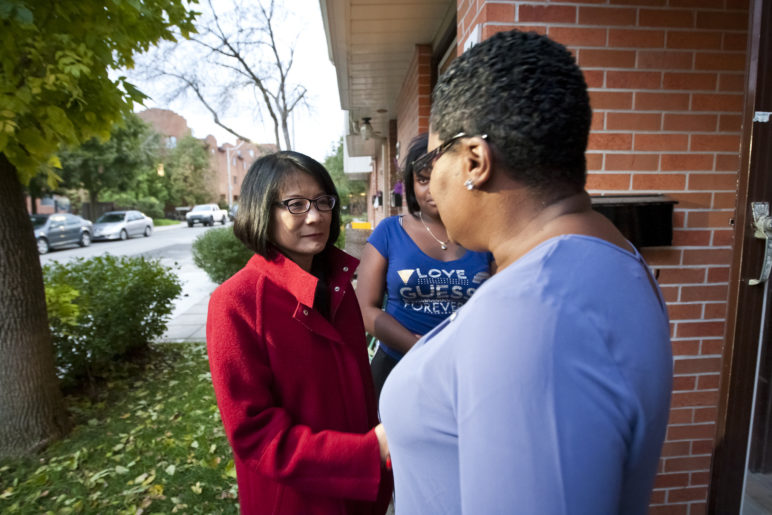Author’s Note: This article draws out one point from a longer article that outlines nine options for electing Portland councilors from single-winner or multi-winner districts.
Say you want to run for Portland city council. In a presidential year, you need to win around 125,000 votes. That’s a lot of doors to knock on. You might think the only way to make it easier to run is to divide the city into smaller districts where you can knock on fewer doors. But proportional representation might make it just as easy for new candidates to enter the field, while also electing more diverse councils with more motivation to work together for the good of the city rather than pork-barrel for their individual district.
For example, if all candidates ran in a five-winner city-wide district with ranked or cumulative ballots, you would need 42,000 votes to win one seat. That’s not much more than the 31,000 you would need in a single-winner district. If Portland expanded the council to eight councilors plus the mayor, you could get a seat in a single-member district with 16,000 votes, or a seat in a multi-winner district with 20,000 to 25,000 votes, depending on the size of the district.

Original Sightline Institute graphic, available under our free use policy.
Switching to proportional representation, especially in combination with expanding the council, cuts the number of votes candidates need to win to a fraction of what they need in the current at-large system. A lower vote threshold will make it easier for new candidates to run effective campaigns.










Steve
Proportional voting never works. It’s another bad idea. They tried it in
Pierce County … Another stupid idea coming from Sightline.